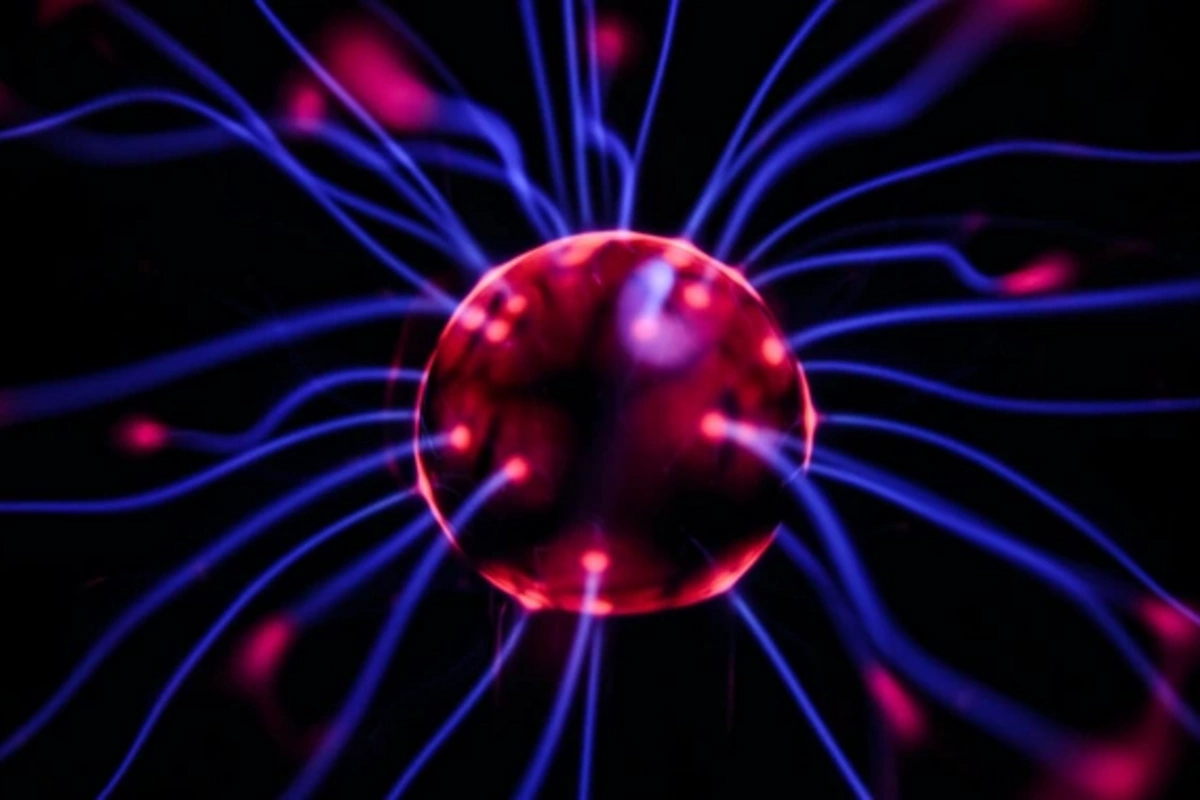16 Jul , 16:14
0

Sensational discovery: neurons have their own energy "batteries" for brain function in extreme conditions. Yale University scientists have made a breakthrough in understanding the energy metabolism of nerve cells. The results of this revolutionary research have been published in the prestigious scientific journal Proceedings of the National Academy of Sciences (PNAS).
Until recently, the scientific community was convinced that energy reserves in the brain are stored exclusively in glial cells, which supply neurons with "fuel" as needed. However, this innovative research has overturned this notion, proving that neurons are capable of independently creating energy reserves and using them in critical situations, such as during oxygen deprivation.
"It's like finding out your car is a hybrid: it not only refuels from the outside but also runs on an internal battery," co-author of the study Milind Singh from Yale School of Medicine figuratively explained.
During the experiments, scientists used the roundworm Caenorhabditis elegans and an innovative fluorescent biosensor HYlight. This high-tech tool allowed them to observe sugar breakdown processes in real time. Researchers artificially created conditions of metabolic stress by controlling oxygen levels and recorded how neurons adapt to energy deficits.
The real breakthrough was the discovery of the PYGL-1 enzyme - an analog of human glycogen phosphorylase, which converts glycogen into energy. Experiments showed that without this enzyme, worm neurons lost their ability to function during oxygen deficiency. Restoring the enzyme in nerve cells returned their energy autonomy.
Scientists named the discovered mechanism "glycogen-dependent glycolytic plasticity." This is a unique system that allows neurons to quickly switch to internal energy reserves in extreme conditions. This mechanism becomes particularly important in cases of mitochondrial dysfunction - the main energy stations of cells.
"Such flexibility may prove vital for preserving brain functions during stress and in diseases associated with metabolic disorders. This mechanism could also form the basis for new treatments for stroke and epilepsy," emphasized the research leader Colon-Ramos.